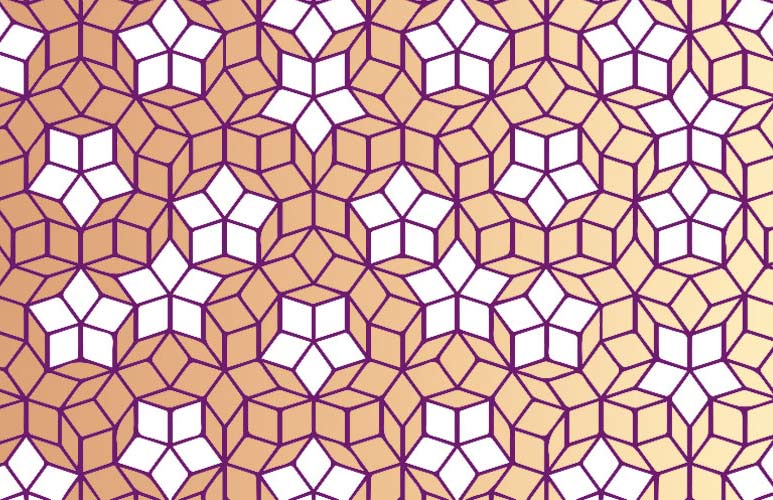It’s likely that, in such a situation, your thoughts are drawn to the detail apparent in the external form, perhaps to the interlocking cleverness of stacking chairs, or the flowing curves of a car panel, or maybe to the functional elegance of a kitchen utensil. If your thoughts lead you deeper into the nature of the object you may realise that the ingenuity is not only apparent in the external form, but also in the materials that were chosen to make it out of. Material choice, just like external form, is not just about aesthetics and economics.
Different materials behave differently (mechanically, thermally, electrically, etc.) and the function and manufacture of a product are highly dependent on the materials that are available and the properties they exhibit. A third consideration, perhaps less obvious (because it lies beyond external form and material choice), is the internal structure of an object.
Cellular structures (sometimes referred to as metamaterials) are an emerging technology, where material performance comes not only from the properties of the base material, but also from the structure applied to the material. Common examples have existed for centuries, such as corrugated cardboard (patented in 1871) used in packaging materials, foams (such as the memory foam developed in 1960s by NASA) used in mattresses, and lattice structures used in bridges and other structures (including the Eiffel Tower, built from 1887 to 1889).
In each of these examples, illustrated in Figure 1, the successful design of an object depends not only on the external form and the material chosen, but also on the internal structure applied to the material. Such structures can result in improvements to desirable material properties, such as energy absorption (which is desirable in packaging and mattresses), or strength-to-weight ratio (which is desirable in structures).
Historically, the types of cellular structure that were available were limited, due to the capabilities of traditional manufacturing processes. However, the introduction of additive manufacturing (a.k.a. 3D printing) has made it possible to fabricate an unimaginable range of shapes and structures and has consequently resulted in renewed interest in cellular structures and their application. It is now possible to put material only where it is needed, and so the internal structures of objects can be designed and manufactured so they are customised for purpose. This has changed the way that components are designed, and in a broad range of engineering sectors the internal form of products is as important as the external form. For example, safety equipment such as helmets or body armour, can be made from lighter material with a cellular structure that makes it better able to absorb impact. Similarly, medical implants can be made from biocompatible material with a cellular structure that modifies its deformation behaviour so that it more closely resembles that of bone.
A more specific example is reported in the 2017 ‘Made Smarter Review’, produced by the UK Department for Business, Energy and Industrial Strategy. As an example of the transformative impact of additive manufacturing, they provide an account of the redesign of the partitions in the cabin of the Airbus A320 using a cellular structure, which increases the strength-to-weight ratio significantly, allowing the partitions to be manufactured from less material. This resulted in a reduction of 45% in component weight, and it is reported that if this change was introduced throughout the fleet, there would be a reduction in CO2 emissions by up to 465,000 tons annually.
At The Open University, we are exploring the mechanical behaviour of honeycombs, a type of cellular structure defined according to geometric two-dimensional patterns. Our research is exploring the relationship between the geometry of the patterns and the resulting mechanical behaviour, measured according to Young’s modulus and Poisson’s ratio, see Figure 2. We plot this behaviour on rotational graphs to explore how it changes according to the direction of applied force.

We have found that different patterns can result in very different behaviours, even if they are manufactured from exactly the same amount of the same material. This suggests that, by carefully selecting the pattern inside an object, the mechanical properties of the object can be designed to exactly meet the requirements of its purpose, regardless of what material it is made from.
So next time you find yourself looking at a well-designed object and thinking about how it works, give a thought to what’s inside, and how the hidden structure, the design from the inside, may be contributing to its success.







Rate and Review
Rate this article
Review this article
Log into OpenLearn to leave reviews and join in the conversation.
Article reviews